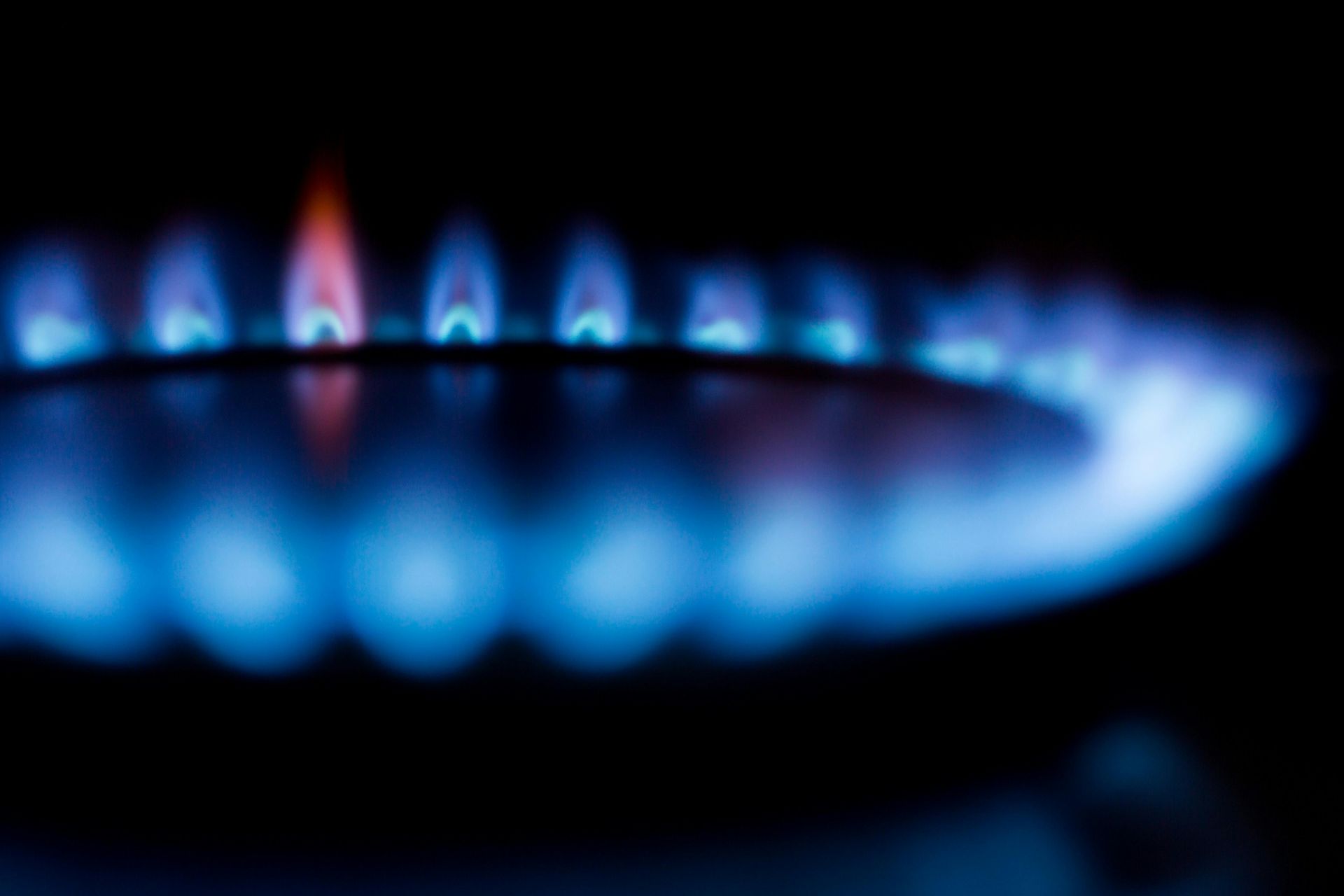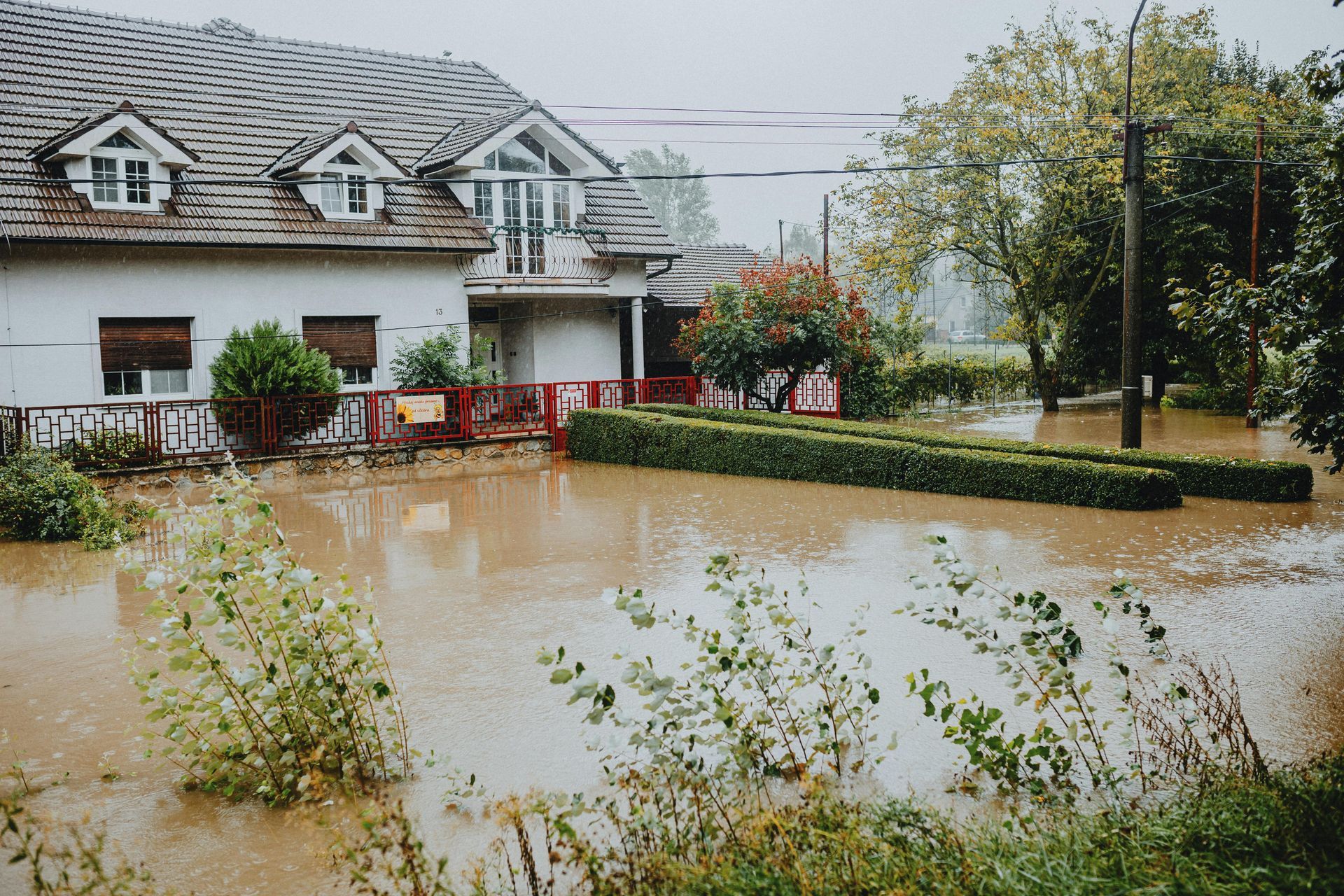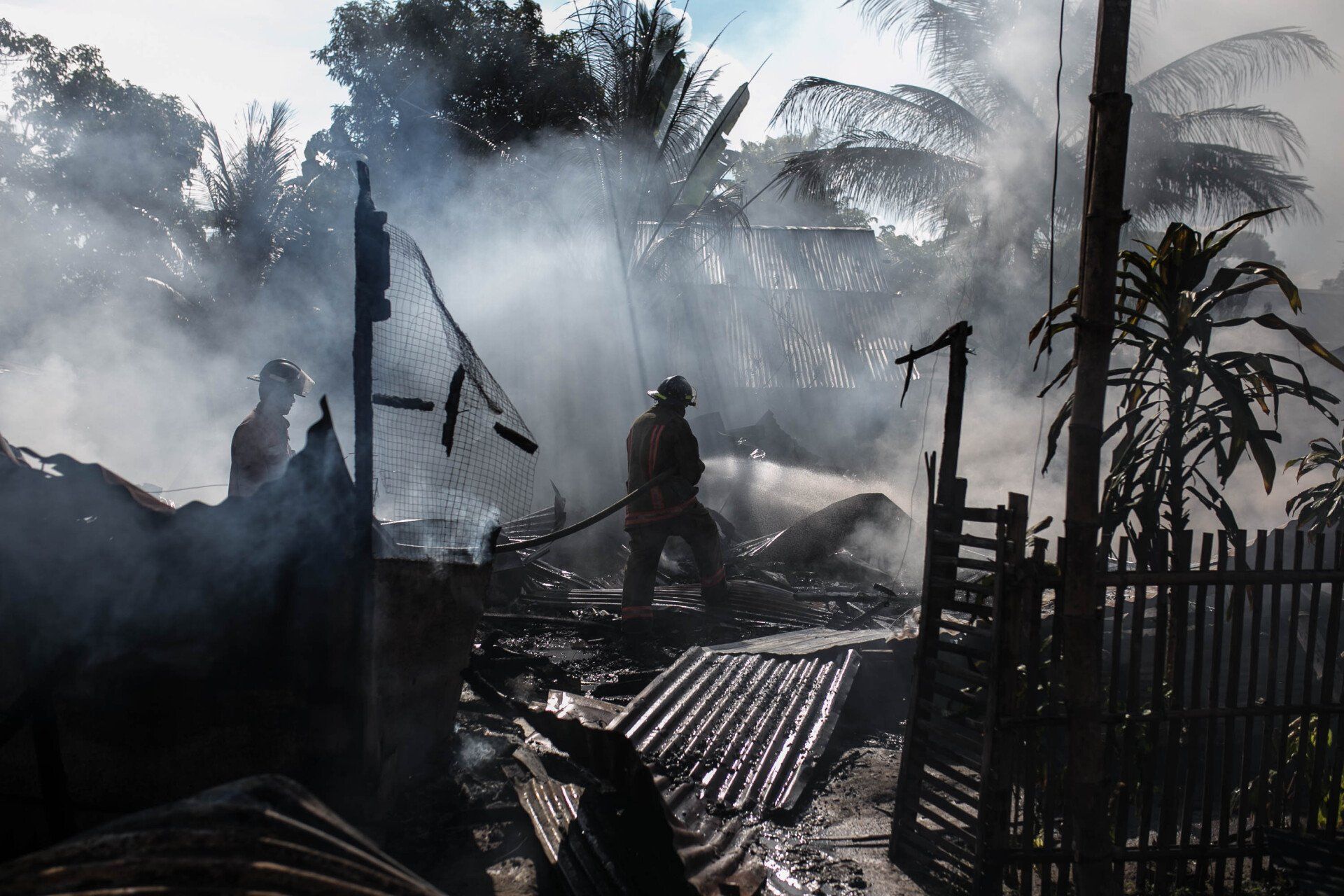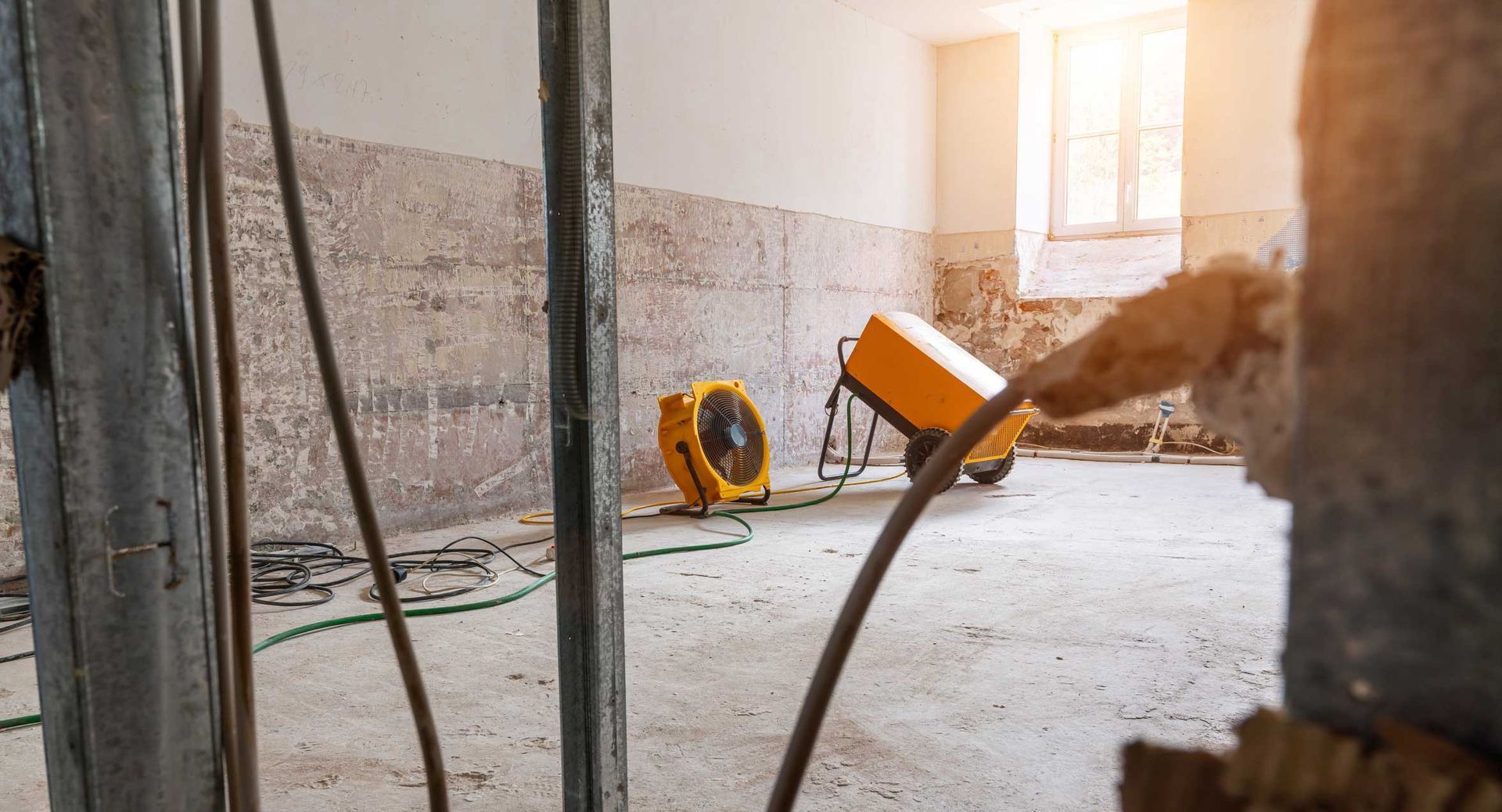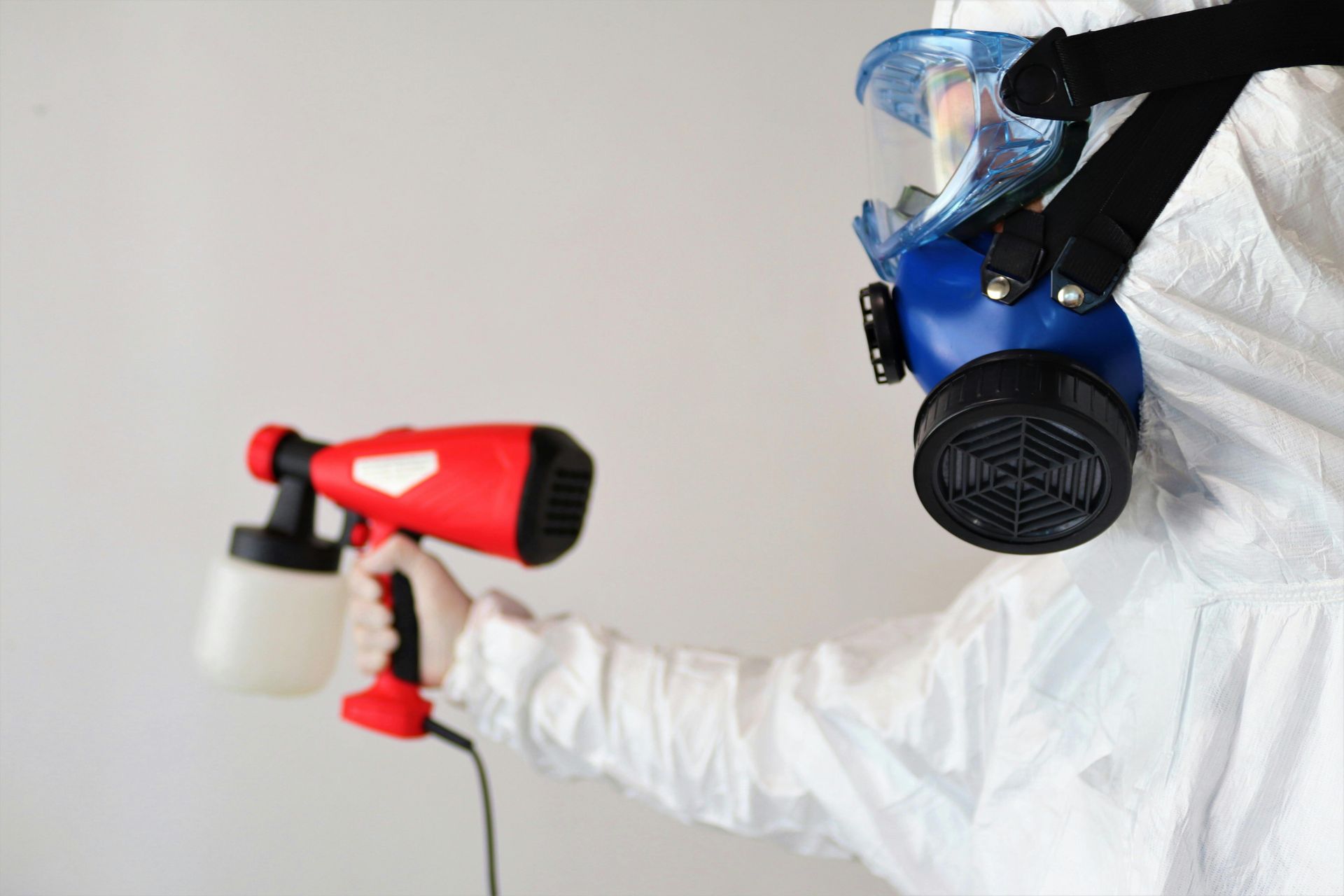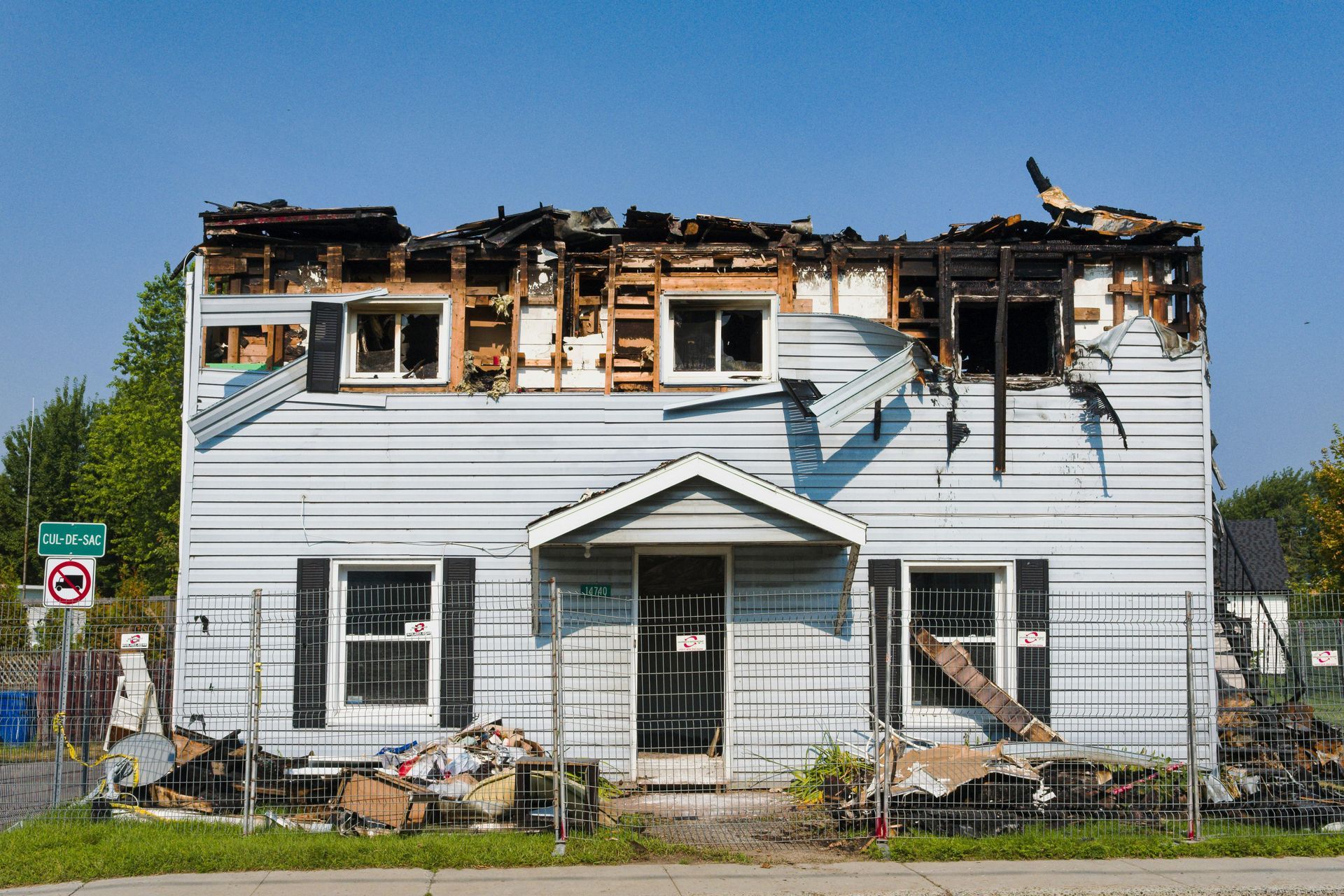Understanding the Causes of Mold Growth in Your Home
What Causes Mold in Your Home and How to Prevent It: A Complete Guide
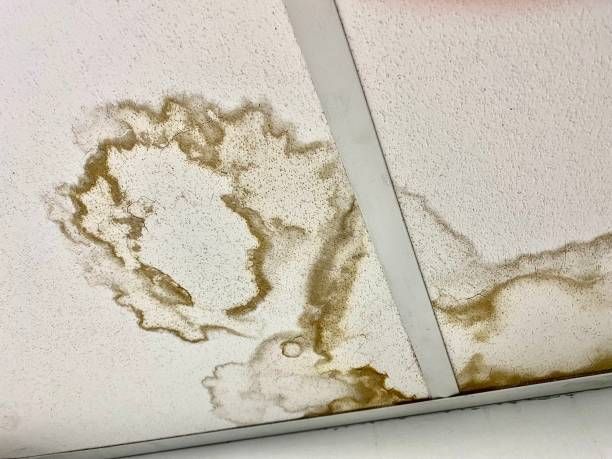
Understanding the causes of mold growth in your home is crucial for maintaining a healthy and safe living environment. Factors such as moist air and improper drywall insulation can lead to the growth of mold and mildew, compromising the air quality and potentially causing health issues. The presence of mold and mildew is more than just an aesthetic issue; it's a serious concern that warrants immediate attention. In this article, we will delve into the causes of mold, discuss the conditions that encourage mildew growth, and provide effective strategies to prevent these issues from occurring in your home.
Understanding the Causes of Mold
Mold growth in homes is a pervasive issue that can lead to serious health implications and structural damages if left unchecked. Understanding the factors contributing to mold development is critical to inhibiting its growth effectively and safeguarding your living environment.
Moisture
Moisture is the primary catalyst for mold growth, creating an environment favorable for its proliferation. Mold spores, which are naturally present in the air, will proliferate rapidly when they land on damp surfaces. Various sources can contribute to excess moisture in your home. Leaks, whether from plumbing or roof damage, can easily saturate drywall insulation and other materials, creating an ideal breeding ground for mold. Additionally, condensation, especially on windows and walls, may cause mildew and mold growth if not properly managed and ventilated. High humidity levels, often a result of moist air, also increase the likelihood of mold development. In regions with humid climates or during specific seasons, moisture absorption in your home can rise significantly, leading to an increased risk of mold growth. Understanding these sources and maintaining an optimum level of moisture in your home is a fundamental step toward preventing mold and maintaining a healthy living environment.
Poor Ventilation
Poor ventilation plays a significant role in promoting mold proliferation. Inadequate air circulation can trap moist air indoors, leading to high humidity levels and preventing moisture from evaporating. When trapped moisture lingers on surfaces, it creates a conducive environment for mold and mildew development. Particularly in areas like bathrooms or kitchens where water usage is frequent, insufficient ventilation can quickly escalate mildew and mold issues. Moreover, poorly ventilated spaces like basements and attics are also susceptible to mold growth due to the lack of fresh air circulation, making these areas damp and prone to mold infestation. Thus, ensuring proper ventilation across all areas of your home is crucial in mitigating mold growth. By facilitating effective air circulation, you can accelerate the evaporation of moisture, control the humidity levels, and prevent the formation of damp conditions in which mold thrives. Remember, a well-ventilated home is a critical step towards a mold-free living environment.
Water Damage
Water damage is another significant contributor to mold growth. It can create an ideal environment for mold spores to flourish, especially if it's not promptly and effectively addressed. Even minor water damage, like a small leak, can set the stage for mold proliferation. When water intrudes into your home, it can dampen materials such as drywall insulation, providing a suitable surface for mold spores to attach and grow. Over time, these small, seemingly inconsequential leaks can result in extensive mold infestation, potentially leading to severe structural damages and health concerns. Therefore, it's critical to rectify any form of water damage immediately, regardless of its scale. Swift and effective intervention can significantly curtail the potential for mold growth, ensuring a safe and healthy living environment. Remember, by paying attention to even minor water leaks, you're taking a crucial step in preventing mold and protecting your home.
High Humidity
High humidity is another major factor that contributes to mold growth in homes. It results from excess moisture in the air, which can be caused by everyday indoor activities such as cooking, showering, and even breathing. These activities release moisture into the air, increasing the humidity levels inside your home, particularly if the space is not well-ventilated. When humidity levels rise above 60%, it creates an ideal environment for mold to thrive. This is especially true in confined spaces like bathrooms and kitchens, where humidity levels can escalate quickly due to the steam from cooking or hot showers. Therefore, it's crucial to maintain indoor humidity levels below 50% to prevent mold proliferation. This can be achieved through effective ventilation, using
dehumidifiers or air conditioning units. By understanding the link between high humidity and mold growth, we can take proactive measures to regulate indoor humidity levels and create a mold-resistant living environment.
Poor Insulation
Poor insulation can significantly contribute to mold growth. Insufficient or substandard insulation can lead to temperature fluctuations within your home, causing warm air to condense on cooler surfaces. This condensation provides the moisture that mold spores need to grow. Inadequately insulated walls, especially exterior ones, can become cold and, consequently, cause humidity in the warm indoor air to change into surface moisture or even frost. This surface moisture is what causes mildew or mold to form, leading to potential health and structural problems over time. Drywall insulation, if not done correctly, can exacerbate this issue by trapping moisture, creating an ideal environment for mold growth. Therefore, ensuring proper insulation is key in maintaining the right temperature and humidity levels inside your home. Proper insulation not only prevents the formation of condensation but also keeps your home warm during the colder months, thereby reducing the likelihood of mold growth.
Lack of Sunlight
Lack of sunlight is a significant contributor to mold growth in homes. Many areas in a home, such as basements, closets, or corners, often receive little to no sunlight, creating ideal conditions for mold to flourish. Sunlight helps prevent mold growth by reducing humidity levels and inhibiting mold proliferation. It does this by drying out moisture and creating unfavorable conditions for mold and mildew. The ultraviolet (UV) rays from sunlight can also kill mold spores on surfaces, preventing them from spreading. However, in areas that are consistently devoid of sunlight, moisture can accumulate, and humidity levels can increase, leading to an environment conducive to mold growth. Therefore, letting natural light into your home to the maximum extent possible can be an effective strategy for preventing mold growth. This can be done by opening blinds or curtains during the day and strategically arranging furniture to allow for maximum sunlight exposure. Remember, harnessing the power of sunlight can be a simple yet effective measure in maintaining a mold-free home.
|
Poor Cleaning Habits
Poor cleaning habits play a substantial role in mold growth, as a dirty environment provides ample nutrients for mold to thrive. Dust, dirt, and other debris that accumulate in your home over time can act as food sources for mold. Moreover, failing to clean up spills or other moisture sources promptly can create the damp conditions that mold needs to grow. For instance, if a liquid spill on a carpet isn't thoroughly cleaned and dried, it can soak into the carpet fibers and padding underneath, creating an ideal environment for mold growth. The same goes for any other moisture sources, such as wet clothes or leaking pipes. Neglecting to clean these can keep parts of your home continuously damp, and such moist conditions are what causes mold and mildew to form. Therefore, regular and thorough cleaning is essential in preventing mold growth. It helps keep your home dry and reduces the amount of dust and debris that could potentially feed mold.
Organic Materials
Organic materials in your home play a crucial role in facilitating mold growth, providing the necessary nutrients that mold requires to thrive. Materials such as wood, paper, and fabric are especially susceptible, as these natural substances contain cellulose, a complex carbohydrate that mold can feed on. Furthermore, building materials like drywall and insulation can also support mold growth if they become damp or wet. These materials, when exposed to moisture, create a conducive environment for mold spores to grow and multiply. This is because the porous nature of these materials allows them to absorb and retain moisture, providing an ideal setting for mold colonization. Therefore, it is vital to ensure that these materials do not stay moist for long periods. By doing so, you can significantly reduce the likelihood of mold growth and maintain a healthy and safe living environment in your home.
How to Prevent Mold in Your Home
Creating a safe, mold-free environment is not just about cleanliness but also about regulating factors like moisture levels, ventilation, and light exposure. Armed with the information from the previous sections on what causes mold growth, we can better understand and implement strategies for mold prevention.
- Monitoring Indoor Humidity Levels: Keeping indoor humidity below 60% is a fundamental step in preventing mold growth. Use a hygrometer to monitor levels and employ dehumidifiers or air conditioners to extract excess moisture from the air if needed.
- Proper Ventilation: Bathrooms and kitchens are hotspots for moisture accumulation due to activities such as showering and cooking. To prevent mold growth, ensure these areas are well-ventilated, using exhaust fans during and after use to eliminate excess moisture.
- Addressing Leaks and Water Damage: Leaks and water damage can provide the perfect breeding ground for mold. It is essential to repair any leaks promptly and thoroughly dry any areas affected by water damage to prevent mold formation.
- Ensuring Adequate Insulation: Proper insulation can prevent condensation, a primary contributor to mold growth. Ensure all areas of the home, especially walls, floors, and roofs, are adequately insulated to maintain stable temperatures.
- Maintaining HVAC Systems: Regular cleaning and maintenance of HVAC systems, including filters and ducts, can prevent the spread of mold spores. Replace filters regularly and have ducts professionally cleaned to maintain optimal air quality.
- Regular Cleaning and Dusting: Dust and dirt can provide nutrients for mold, so regular cleaning and dusting are essential. Be sure to also clean up any spills or sources of moisture promptly to prevent mold growth.
- Using Mold-Resistant Products: In high-moisture areas like bathrooms and basements, consider using mold-resistant products like paints, drywall, and building materials. These products can inhibit mold growth, even in damper conditions.||
Mold Problems? Call North Eastern Restoration!
North Eastern Restoration is your go-to professional service for comprehensive
mold remediation. With a dedicated team of certified experts, we utilize cutting-edge technology and proven techniques to not only
remove mold but also prevent its recurrence. We ensure your home returns to a safe, healthy state, providing peace of mind. Our quick and efficient services guarantee minimal interruption in your daily life. Don't let mold invade your home. Call North Eastern Restoration today to schedule a free consultation.
